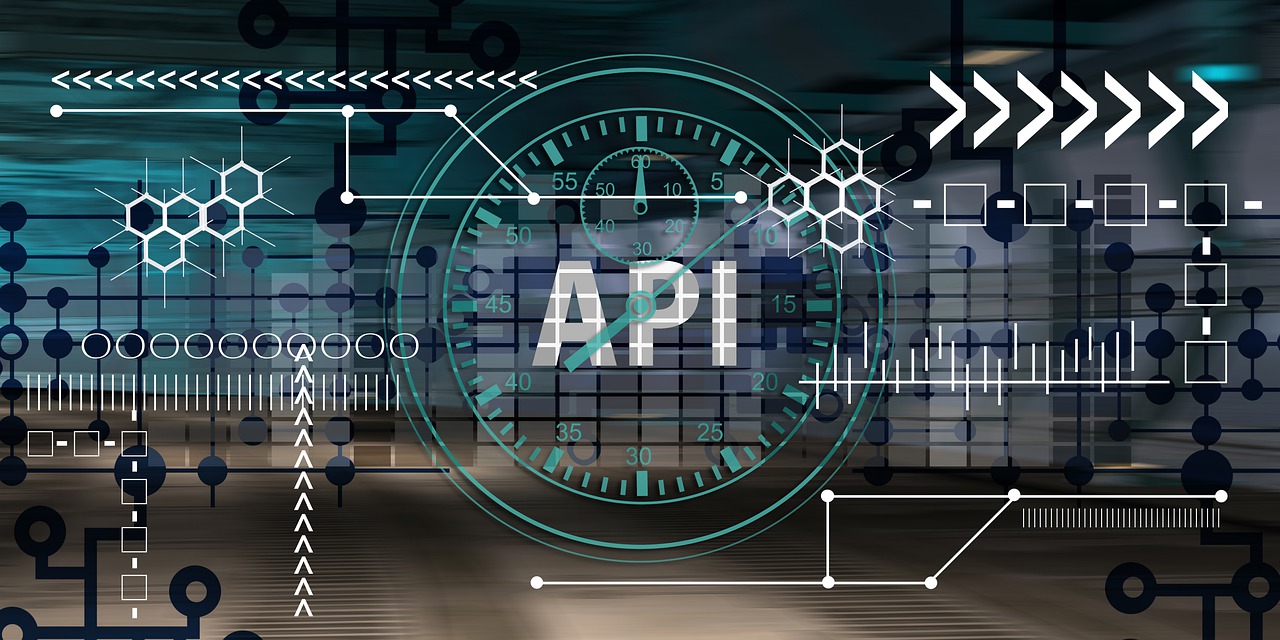
In this article, we’ll dive into the details of the “Python Client” integration guide.
Python Client
With the “Client Python” section of the NewsData.io documentation, you can effortlessly integrate the API into your Python applications, whether you’re building news aggregators, data analysis tools, or research platforms.
Initial Steps of Integration news API in Python
Obtain API Key
The first step is obtaining your unique API key by registering for an account. This serves as the authentication token for your requests.
Install newsdataapi
Start by installing the “newsdataapi” library using the given pip command:
pip install newsdataapi
Import the ‘NewsDataApiClient’ package to your program.
from newsdataapi import NewsDataApiClient’
Now, NewsData.io offers 4 endpoints i.e. crypto news, latest news, news sources, and news archive API. Let’s understand the different request parameters of each endpoint.
1. ‘Latest’ News Endpoint
‘Latest‘ News endpoint allows users to get the top live breaking news of the past 48 hours from all over the world. To fetch the Latest news follow the mentioned steps below.
After the initial integration, the latest news parameter would be:
- ‘For API key authorization, Initialize the client with your API key
api = NewsDataApiClient(apikey=’YOUR_API_KEY’)
- Data can now be fetched:
response = api.news_api()print(response) print data
The ‘latest’ news endpoint accepts queries and other supported parameters in brackets (). Enter the information you want to retrieve data about within these brackets.
Let’s understand with the help of an example.
If you want to fetch data on Pizza, then q=pizza. The request parameter of which will be:
response = api.news_api(q=pizza)

This will fetch all the articles related to pizza from past 48 hours. And to navigate to the next page you need to use the nextPage parameter.
To scroll through all the latest news extracted by news API:
response = api.news_api(q='pizza',page='nextPage_value',scroll=True) print(response)

The ‘max_result’ parameter can be used if you don’t have enough API credits.
response = api.news_api(q='pizza',page='nextPage_value',scroll=True,max_result=1000) print(response)

This parameter will fetch you 1000 articles from available articles.
2. ‘Crypto’ News Endpoint
‘Crypto‘ news endpoint allows users to fetch all the news articles related to cryptocurrency.
The query here is ‘Bitcoin‘ such that the request parameter for crypto news API is:
api = NewsDataApiClient(apikey='YOUR_API_KEY')
response = api.crypto_api(q='bitcoin')
print(response)

The ‘crypto‘ endpoint accepts queries and other supported parameters in brackets (). Enter the information you want to retrieve data about within these brackets.
The ‘scroll=True’ and ‘max_result’ parameters can also be used to help fetch data.
3. News ‘Archive’ Endpoint
News ‘Archive‘ endpoint allows paid users to access historical news for up to 2 years as per the subscription plan. Access to older news can be further provided by contacting the website.
The query here is assumed to be pizza such that the request parameter is:
api = NewsDataApiClient(apikey='YOUR_API_KEY')
response = api.archive_api(q='pizza',from_date='2021-01-01',to_date='2021-06-06')
print(response)
The given query will fetch you all the articles on pizza from January 1st, 2021 to June 6th,2021.

The ‘archive‘ endpoint accepts queries and other supported parameters in brackets (). Enter the information you want to retrieve data about within these brackets.
The ‘scroll=True’ and ‘max_result’ parameters can also be used to help fetch data.
You can add categories, languages, and countries as well. Check out documentation to learn more about it.
4. News ‘Sources’ Endpoint
To get a list of 100 random sources of Newsdata.io News API use:
api = NewsDataApiClient(apikey="YOUR_API_KEY")
response = api.sources_api
print(response)

The given request will fetch a list of 100 random news sources.
Frequently Asked Questions
Q1. How to access news API in Python?
To access news API in Python first you need to get an API key from your provider. Once done, you need to send HTTP requests to your API endpoints with the required parameters and headers to get the news data programmatically. For detailed information visit the Python client library.
Q2. Can I filter news articles using the Python client?
Yes, you can filter news articles using the Python client. You can filter the articles by either filtering using a keyword or by filtering using tags.
Q3. Does the Newsdata.io News API support real-time news updates?
Yes, Newsdata.io News API provide real-time news updates. This means you can retrieve news articles as soon as they are published by various news sources.
Hello, Curious Minds!
Welcome to my corner of the digital world, a space brimming with words and woven with ideas. Fresh out of the rigorous trenches of an Economics honors degree at the esteemed University of Delhi, I know a thing or two about crunching numbers and dissecting trends. But beyond the world of graphs and equations, lies my love for reading and writing. Admittedly, I’m a newbie in the content writing scene, still tasting the ink of fresh beginnings. I believe every corner of life holds a story waiting to be told, and I’m eager to be your storyteller. So, strap yourselves in, dear readers, and let’s dive into the captivating world of words together!
P.S. Feel free to drop a comment or reach out – I’m always up for a good conversation!





